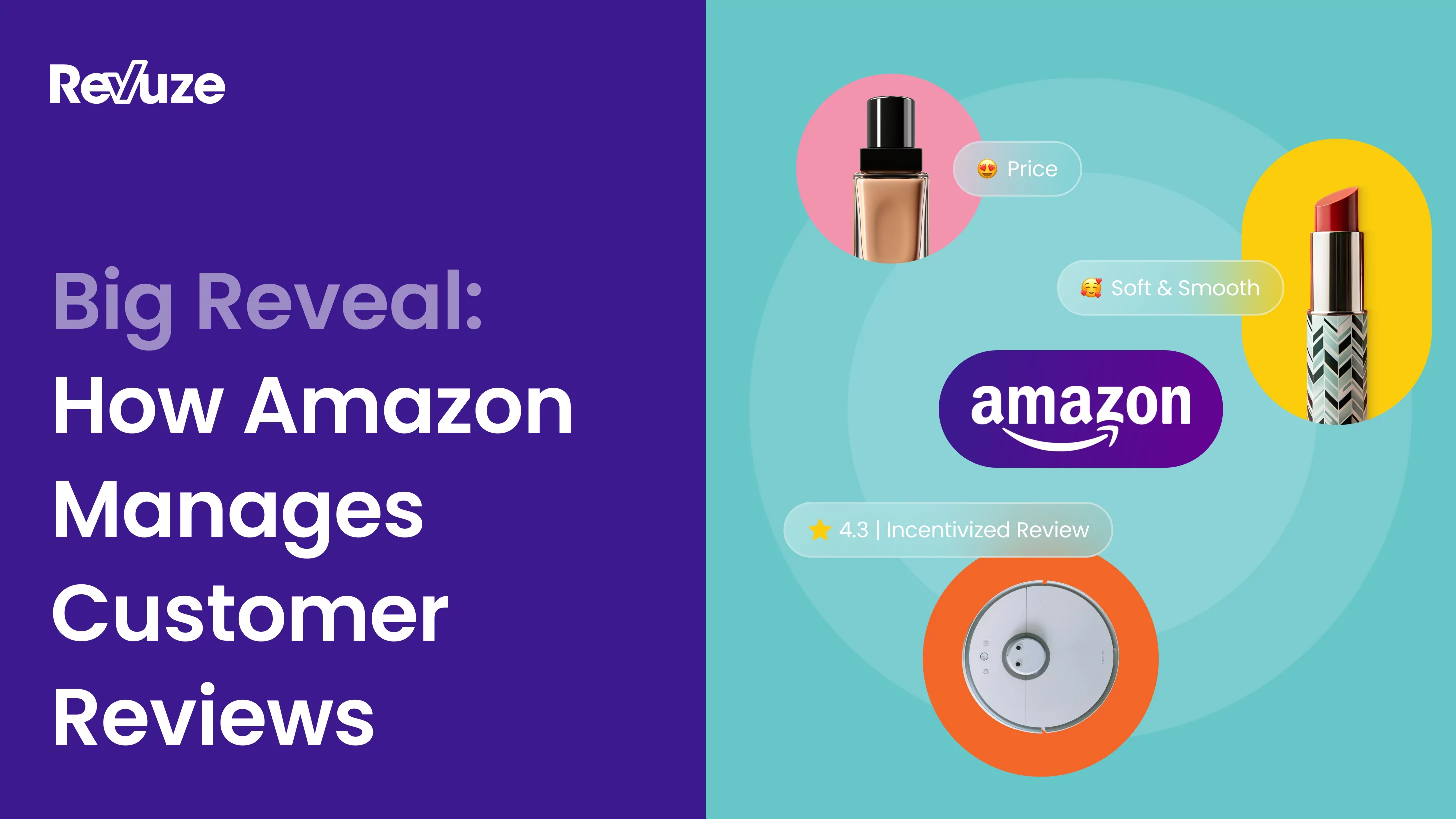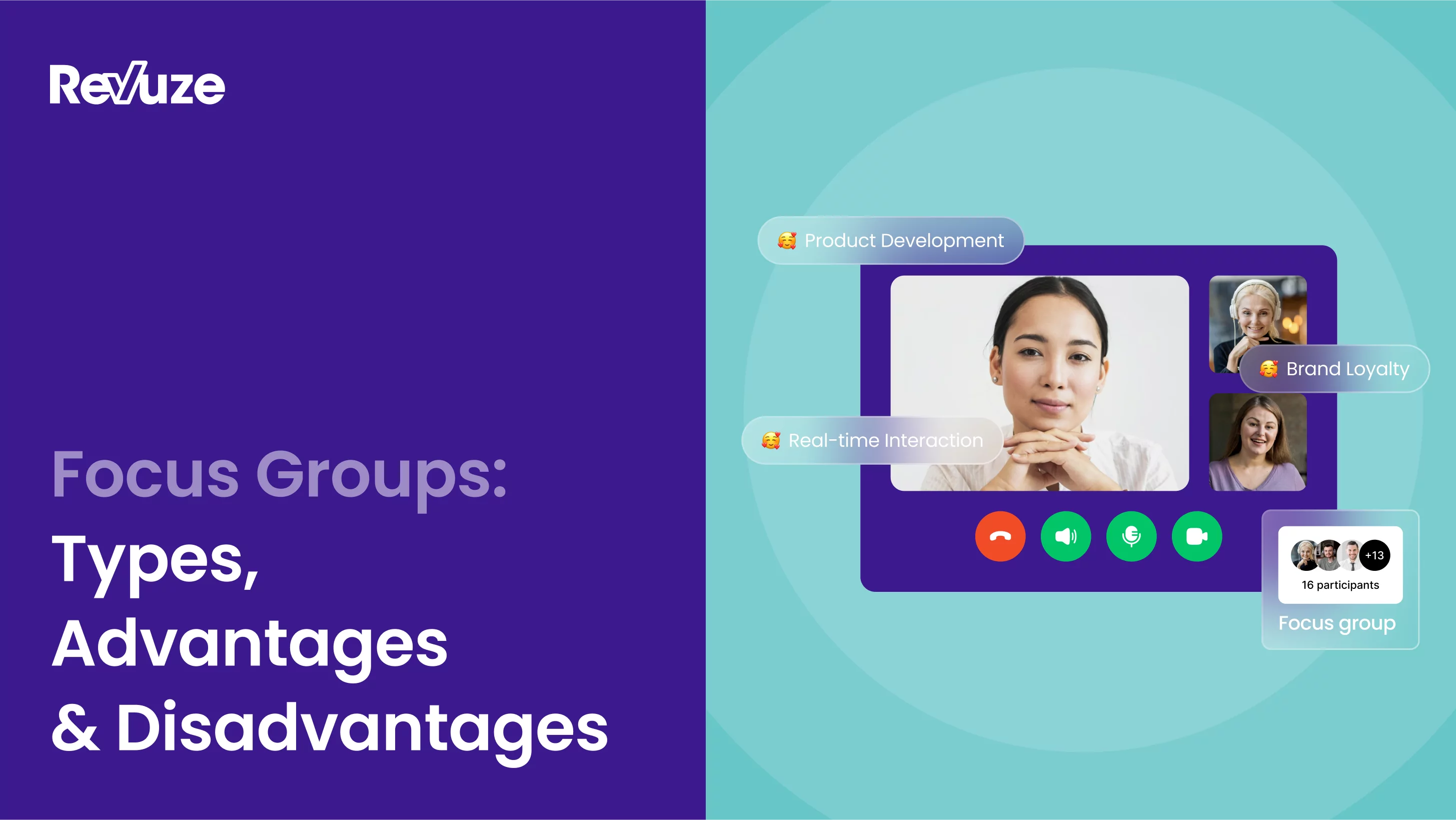
What Is Consumer Sentiment?
In this article, we’ll explore the topic of consumer sentiment, the role it plays in today’s economy, the difference between consumer and customer sentiment, and how you can use it to your advantage.
Consumer sentiment is a measure of the overall consumer opinion on their financial health. Consumer sentiment is important because it’s a means of measuring how well the economy is doing on a short-term basis, as it indicates how willing consumers are to spend money and how optimistic they are that the economy will get better in the near future. Using this, you can make predictions about how well your sales are going to perform and make any necessary adjustments to your current plans.
Consumer sentiment is particularly important in the US economy, where consumer spending makes up over 70% of GDP. How to measure consumer sentiment isn’t straightforward; however, there are two main indexes which can be used:
- The Consumer Confidence Index (CCI)
- The Michigan Consumer Sentiment Index (MCSI)
Both of these indexes are measured on a monthly basis, as the sheer amount of data required to get an accurate picture of the consumer mindset is staggering. Both are based on household surveys and function through “yes, no, or no opinion” questions, so while they’re not the most nuanced, they still do give a good picture of the consumer mindset.
Both indexes are also based around the whole of the US, and don’t take into account regional factors or other issues that may arise only in certain locations such as wildfires or flooding. Consumer sentiment by state can vary wildly, so if you operate in a narrow range of locations you should look to more local surveys rather than national ones.
The Difference Between Consumer Sentiment and Customer Sentiment

Consumer sentiment is a broad measure, it’s something that tells you about how consumers feel in general about their situation but nothing about how they feel towards specific brands, products or services.
Customer sentiment, on the other hand, tells us the specifics. It’s a measure of how customers feel about individual products, services or brands, with both positive and negative sides. Customer sentiment is extremely important in today’s market, with studies showing that customers are willing to spend up to 140% more after a positive experience with your brand.
You can think of customer sentiment analysis as similar to consumer sentiment analysis , only with a different focus. Generally the data is collected by the brand in question, but there are of course those who want to make comparisons between brands and showcase the differences they found — just look at all the comparison websites that popped up in the 2000’s.
Customer sentiment is about feelings, which in the current market are more important than ever. Perceived negatives and misunderstandings will cause just as much bad press as real faults, so be on the lookout for anything that might be misunderstood by your customers.
What Is the Consumer Confidence Index (CCI)?
The CCI is a survey administered by the Conference Board, based on five questions given to those surveyed. It assumes that if consumers are more pessimistic about the economy’s future they will cut their spending, while being more optimistic will lead to them spending more and stimulating the economy.
The questions the CCI asks can be split into two broad categories, each of which are weighted into what’s called a “relative value,” which takes into account the importance of each question at the time of asking. The questions are as follows:
The Present Situation Index:
- Respondents’ appraisal of current business conditions
- Respondents’ appraisal of current employment conditions
The Expectations Index:
- Respondents’ expectations regarding business conditions six months hence
- Respondents’ expectations regarding employment conditions six months hence
- Respondents’ expectations regarding their total family income six months hence
Each question can be answered with a positive, negative or neutral answer. The overall value that the CCI gives each month is an average of the two categories, with separate values being available for both.


The CCI is a relative measurement, meaning the values that you read are a measure of how confident consumers are compared to another point in time, in the case of the CCI, 1985. The CCI value of 1985 is set at 100, with each other value being comparable. For instance, if a month had a CCI rating of 105, consumers would be 5% more confident overall about the state of the economy than they were in 1985.
Of course, the CCI isn’t without its downsides. Overall the number of respondents per survey is around 3000, not even 0.01% of the total number of US households. Furthermore, some have criticized it as a lagging indicator, meaning that it would only show information after the changes in the market have occurred. Regardless, it remains one of the top measurements of consumer sentiment in the US.
What Is the Michigan Consumer Sentiment Index (MCSI)?
The MCSI is conducted by the University of Michigan, based on interviews conducted via telephone. While more in-depth than the CCI, the number of respondents is correspondingly smaller. The study asks around 50 questions each month, aimed at assessing three areas of consumer confidence:
- Their own financial situation
- Their confidence in short-term economic health
- Their confidence in long-term economic health
Like the CCI, respondents to the questions have a positive, negative and neutral option for their answers. The MCSI is normalized similarly to the CCI, with the value of 100 being set as the relative consumer sentiment seen in the first quarter of 1966.
The MCSI is calculated by subtracting the percentage of negative answers from positive ones, then adjusting the given data relative to the number recorded in the first quarter of 1966. Barring some adjustments to the number to account for survey design changes, this creates an incredibly easy to understand index.

Many experts consider the MCSI to be the more reliable of the two most used consumer sentiment indexes, with the University of Michigan claiming that the surveys “have proven to be an accurate indicator of the future course of the national economy.”
The MCSI can be split into the Index of Consumer Expectations (ICE) which better represents future expectations, and the Index of Current Economic Conditions (ICC) which reflects the current state of affairs.
How To Interpret The Main Consumer Sentiment Indexes
Both of the main indexes used to measure consumer sentiment are based on relative measurements compared to points in the past, yet they’re still useful. By comparing the values for any given month to those around it, you can see both long-term and short-term trends that indicate how likely consumers are to spend money at that particular point in time.
A trend of increasing consumer confidence month after month indicates that they feel more secure in their positions, and are more likely to purchase goods and retain their income. Thus, manufacturers can step up production as they can expect a higher turnover, with retailers ordering more stock and so on.
Conversely, a decreasing trend indicates that consumers are going to hold onto their money, so manufacturers and retailers can expect a lower turnover. While these one-dimensional analyses alone are good indicators of what you can expect in terms of consumer behavior, you can get more information if you delve deeper.
As seen in the above example chart, 2020 caused a huge dip in consumer confidence. While the overall optimism rose in late 2020 to early 2021, it again fell in the following months. From this data, we can see that consumer spending is continuing to decline and may do so throughout 2022.
Another important thing to note is that the three month moving average cuts out many of the small rises and falls in consumer sentiment that the monthly data shows. Which of the two is more useful depends on your outlook. For long-term predictions, use the moving average. For short-term considerations, the raw data may be more useful.
When comparing the ICC and ICE to the base MCSI, you can expect to see subtle differences. In the above chart, the ICC shows a larger drop at the beginning of 2020 than the MCSI, with the ICE showing a smaller one. From this, we can take away the following messages about that time period:
- The ICC values had a sharp drop, meaning consumers lacked confidence in their current financial situation.
- Therefore, in the short-term, thinking is that they may have to curb spending.
- The ICE values had a drop too, but not as great as that which the ICC showed.
- Therefore, while consumer confidence that their situation would improve in the long-term had dropped, it was not as drastic as their confidence in their short-term situation.
- When put together, it shows an overall consumer expectation of drastically decreased spending in the short term, with the potential of a slow rise again in the long-term.
It’s important to keep in mind that the data only shows consumer expectations, not what actually is going to happen. While the two are certainly tied together, there can be events that come out of left field to alter the economy.
Governments and businesses often monitor the CCI and MCSI for changes, however they don’t react to every single change in the numbers. It’s important to keep an eye out for large changes, with those of plus or minus 5% being considered significant enough to mark a change in the economy’s direction.
If you want to look at longer-term considerations, it’s important to examine the indexes on a longer timescale. The MCSI offers ten year and fifty year charts to be easily viewed, while the CCI boasts an interactive
Other Measures of Consumer Sentiment
While the CCI and MCSI are both strong national indicators, they’re not the only ones out there. They’re both highly focused on the US market, meaning you’ll want to look elsewhere for information on other countries and their economies.
The Organisation for Economic Co-operation and Development (OECD) offers consumer confidence indexes across both North and South America, Europe, Australia and Asia, with interactive analysis across 40 countries being available on their website. This data is particularly useful for those operating in or looking to expand into markets other than the US.
The OECD also offers a Business Confidence Index (BCI) across those same areas, which is useful if you’re primarily aiming for B2B transactions. The BCI is calculated in a similar way to a consumer confidence index, except that the questions are aimed at businesses and their confidence in future developments.
McKinsey & Company has run detailed surveys quarterly in over 30 countries during 2020 and 2021, aimed specifically at examining the effect of the COVID-19 pandemic on consumer sentiment and spending.
These surveys are broken down by both age group and net income, giving insights into differences that different age groups express and how attitudes change depending on income. This particular survey contains more than just a basic CCI, with useful information on planned spending and customer loyalty, so if you’re looking for a more in depth analysis be sure to check it out.
The Nielsen Global Consumer Confidence Index
The Nielsen Global CCI was created in 2009 in an attempt to measure consumer confidence worldwide. The surveys themselves take place online, thus this index better shows a picture of e-commerce confidence and also allows for comparison between different countries and regions.
Currently the results are released by the Conference Board, the same organization which produces the CCI, and takes place quarterly across 65 different countries and surveys over 30,000 people. If you’re looking to diversify into different markets or simply keep up to date with world commerce affairs, the NGCI will be a great help. Notably Africa is mostly missing from their surveys, which can be attributed to the comparatively low internet connectivity in the continent.

Ready to dive into the realm of consumer sentiment?
Sentimate has customer sentiment ratings for hundreds of thousands of products on the individual and product category levels, with comparisons available on dozens of different topics.
You can find insight on consumer and customer sentiment by creating a free account with Sentimate today.
 All
Articles
All
Articles Email
Analytics
Email
Analytics








 Agencies
Insights
Agencies
Insights